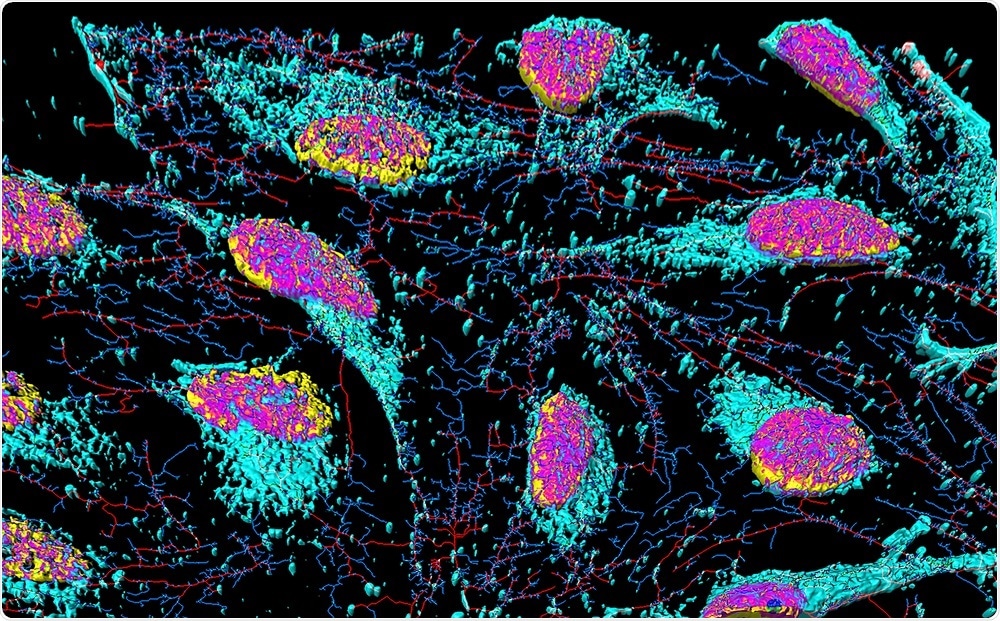
Researchers develop 3D printer for metastatic cancer
Researchers from Purdue University and the University of Michigan have developed a 3D printer that uses polymers to generate a lifelike cancer microenvironment that could be used to help determine the efficacy of drugs prior to clinical trials.
 Credit: Heiti Paves/Shutterstock.com
Credit: Heiti Paves/Shutterstock.comMetastasis (spreading of cancer to other organs) is responsible for most cancer deaths, but the inability to model metastatic cancers has impeded efforts to develop treatments.
3D printing has been used to replicate a controlled cancer microenvironment in previous studies, but these studies didn’t achieve the level of realism necessary for drug screening.
"We need a much finer resolution than what a 3D printer can create," Solorio commented.
Solorio and his fellow researchers believe 3D writing is the answer. Their method uses a 3D jet writer that is similar to 3D printing.
It produces polymer microtissues that are shaped like originals but are scaled down, more realistic, and feature pore sizes big enough to simulate cells accessing a system in the body.
3D jet printing is modeled on electrospinning, a method whereby a charged syringe containing a polymer solution is used to extract a fiber, which is then transferred to a plate to form a structure. This acts as a supportive framework which promotes cell activity.
The device was recently used by Solorio to create a structure that attracted cancerous cells to locations in mice.
Previous studies carried out by Solorio increased cancer cells in human samples for improved analysis and maintained receptors on the cells that drugs would have to locate.
The original findings were published in Advanced Materials and featured the findings of the researchers from the University of Michigan Biointerfaces Institute. Solorio carried out writing and data analysis while on faculty at Purdue.






















.png)











No hay comentarios:
Publicar un comentario